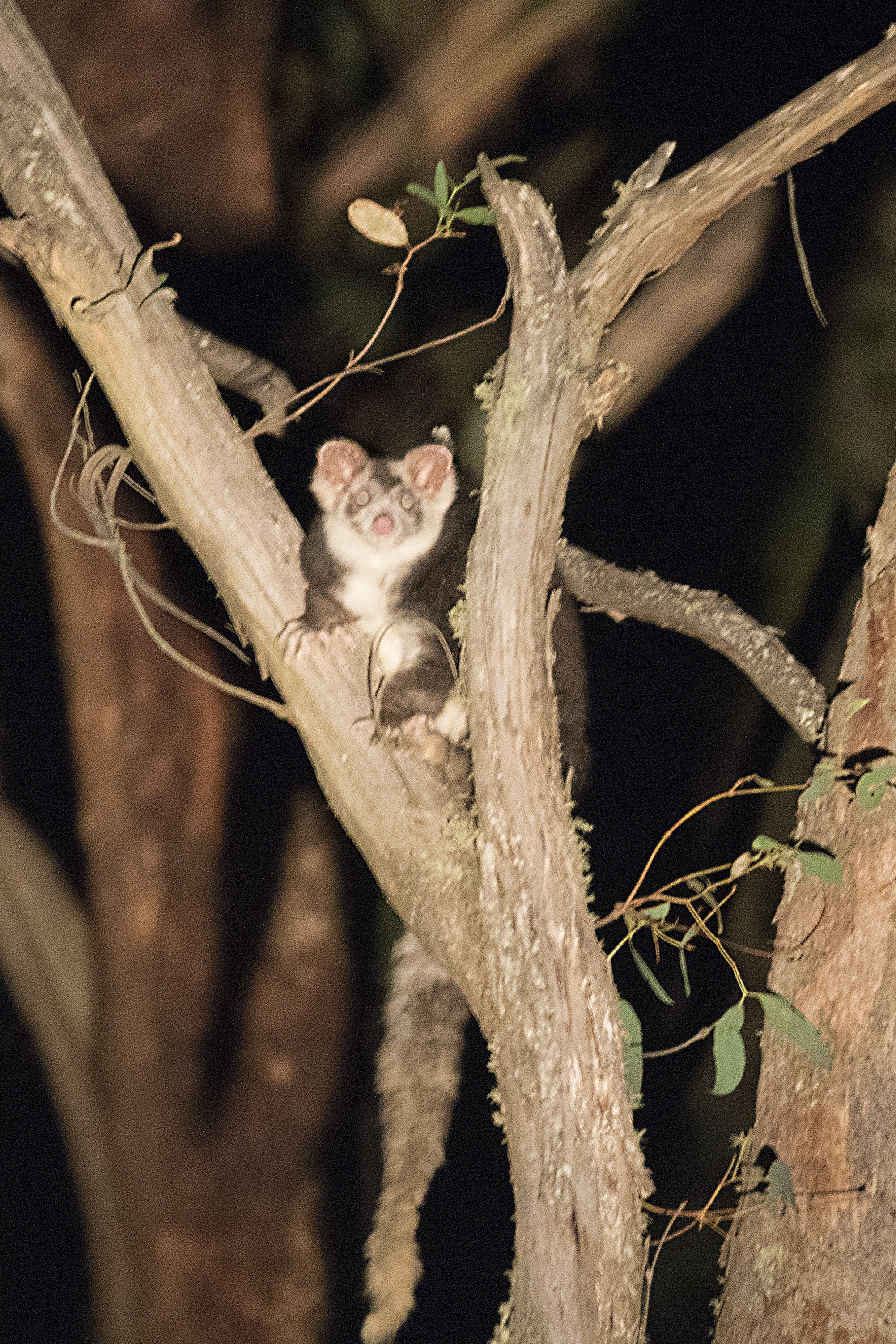Greater Gliders under threat from Planned Burns
MEDIA RELEASE
6 April 2018
The Victorian government plans to ignite burns over a known Greater Glider population in the Wombat State Forest as early as next week, back-flipping on its promise not to burn during the species breeding season.
"Wombat Forestcare has requested that the Minister for the Environment, Hon Lily D'Ambrosio intervene and halt planned burns in the Wombat State Forest that encompass Greater Glider populations during the breeding season," said Gayle Osborne, spokesperson for Wombat Forestcare.
The Minister has not responded.
The Blakeville-Cricket Ground Track (5MDA0017) planned burn includes an area where nine Greater Gliders were recently recorded, including four breeding trees. Greater Gliders are a threatened species listed as ‘vulnerable’ by both the State and Federal Governments due to the rapid decrease in their populations.
Letters last year from the Minister's office and the Chief Fire Officer both state that DELWP* would implement mitigation measures to protect Greater Gliders, including avoiding burning in the Greater Glider breeding season. The breeding season is from February to June. Despite this, DELWP this week confirmed its intentions to press ahead with the Blakeville burn and refused to publish its burn plan.
Greater Gliders are the largest gliding possum in Australia and resemble a fluffy Persian cat with a very long furry tail. It has large furry ears and a short snout. They are an arboreal nocturnal marsupial, existing on a diet of eucalyptus leaves and dependent on large tree hollows for denning and breeding.
"Both State and federal government scientists have advised that planned burns are a key threat to Greater Gliders – yet the government plans to go ahead and recklessly burn the species breeding sites at the worst possible time" said Ms Osborne.
"DELWP could exclude an area of approximately 100ha from the 500ha Blakeville burn, which would protect the gullies with gliders, instead they have not put effective protections in place and are refusing to publish their burn plan." said Ms Osborne
"Many people have never seen a Greater Glider and are unaware that this superb creature is found in isolated patches in the Wombat Forest, which form an important isolated population at the south-western extent of the species' range," said Ms Osborne.
"DELWP undertook to develop prescriptions to protect Greater Gliders in planned burns by early this year and having failed to do this are now proceeding with the burns anyway without putting adequate protections in place," said Ms Osborne.
"Wombat Forestcare is greatly concerned that the number of planned burns in Greater Glider habitat could significantly affect the Greater Glider population in the Wombat Forest," said Ms Osborne.
For further information:
Gayle Osborne
info@wombatforestcare.org.au
5348 7558
715 Little Hampton Road Glenlyon Vic 3461
*Department of Environment, Land, Water & Planning
Photograph:
Greater Glider in Wombat State Forest
Photo by Gayle Osborne

